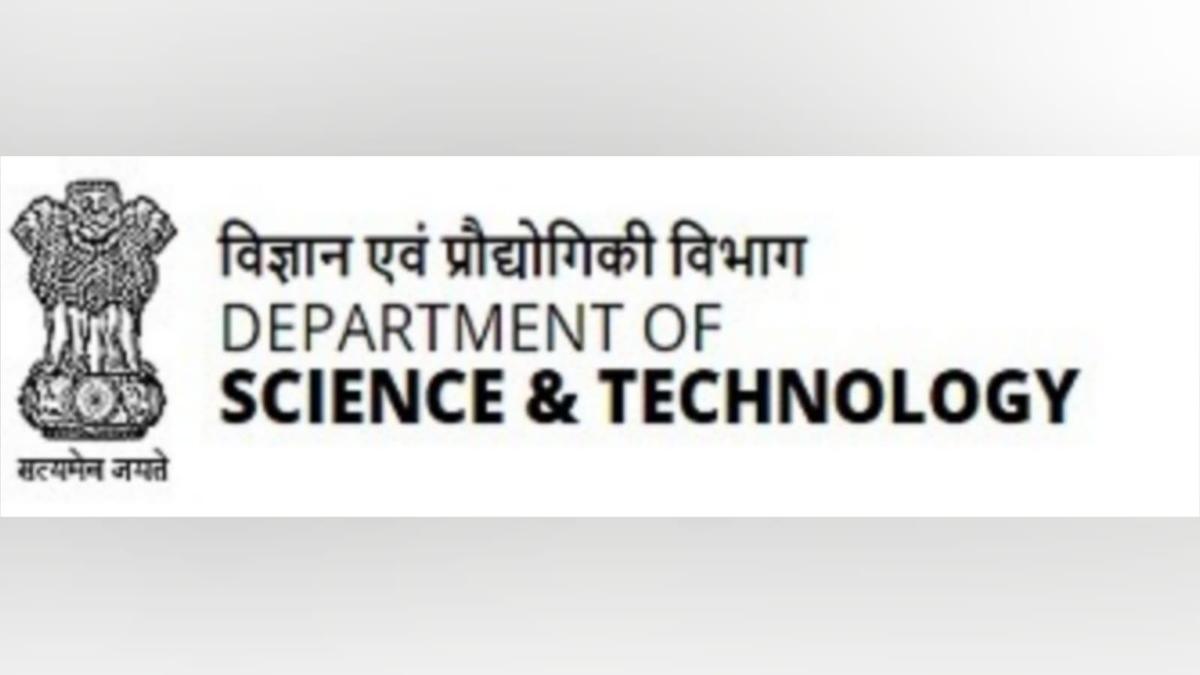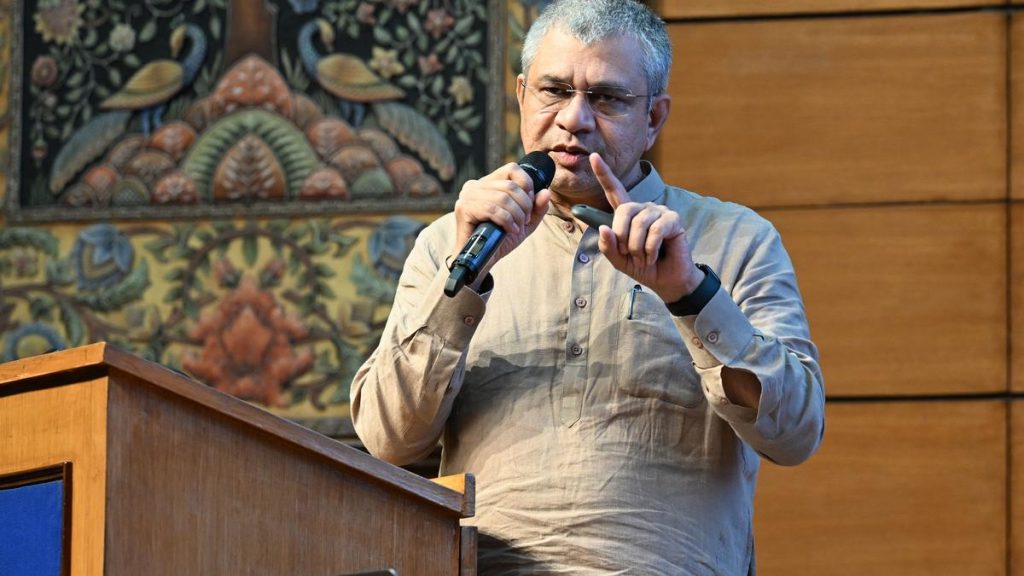Now Reading: NITI Aayog Proposes Cutting Central Financial Support to States
-
01
NITI Aayog Proposes Cutting Central Financial Support to States
NITI Aayog Proposes Cutting Central Financial Support to States

Quick Summary
- NITI aayog report: Released teh Roadmap for Strengthening State Science and Technology Councils on July 10, 2025.
- Key Advice: Suggested that the Department of Science and Technology (DST) move from ‘core grant support’ to ‘project-based funding’ for State S&T councils.
- historical Role: Established as the 1970s, State S&T Councils aim to decentralize scientific governance in alignment with specific socioeconomic conditions of states.
- Current Funding Disparity:
– Example: Gujarat received ₹1.07 crore central funding out of a ₹300 crore budget; Kerala received no DST funds for its ₹150 crore budget.
– budget increases noted in Maharashtra (+130%), but declines recorded in States like Sikkim (-16.16%), Tamil Nadu (-4%), and Uttarakhand (-5%).
- Challenges Identified:
– Minimal contribution from State-administered institutions toward India’s overall scientific output compared to Central institutions.
– Over-reliance on DST core grants while failing to secure project-specific funding from other Central ministries/agencies.
- Recommendations by NITI Aayog:
– Improve governance structures within councils.- Build stronger connections with local industries and public sector enterprises focused at the state level.
– Redirect resources toward State-funded universities over Centrally supported research institutes.
Indian opinion Analysis
The report by NITI Aayog underscores a persistent issue within india’s science infrastructure-an imbalance between contributions made by Central government institutions versus those overseen by states. By recommending project-based support rather of ‘core grant’ mechanisms, it aims to encourage clarity, accountability, and greater outcome-oriented utilization of funds at state levels.
However, challenges such as regional disparities in allocations (e.g., steep budget cuts in some states) highlight potential inequities that could widen development gaps if not addressed thoroughly. The report advocating for collaboration with local industries and directing resources toward state-funded universities could pave pathways for innovation rooted in specific regional needs, enabling more robust decentralized scientific growth. Proper implementation remains critical as changes risk reducing smaller or underfunded councils’ viability without adequate transitional measures.
For a country striving toward technological self-sufficiency amid global competition, empowering both Central and State entities harmoniously will be essential for maximizing India’s vast R&D potential.























